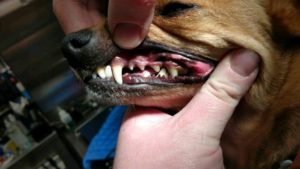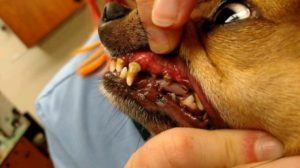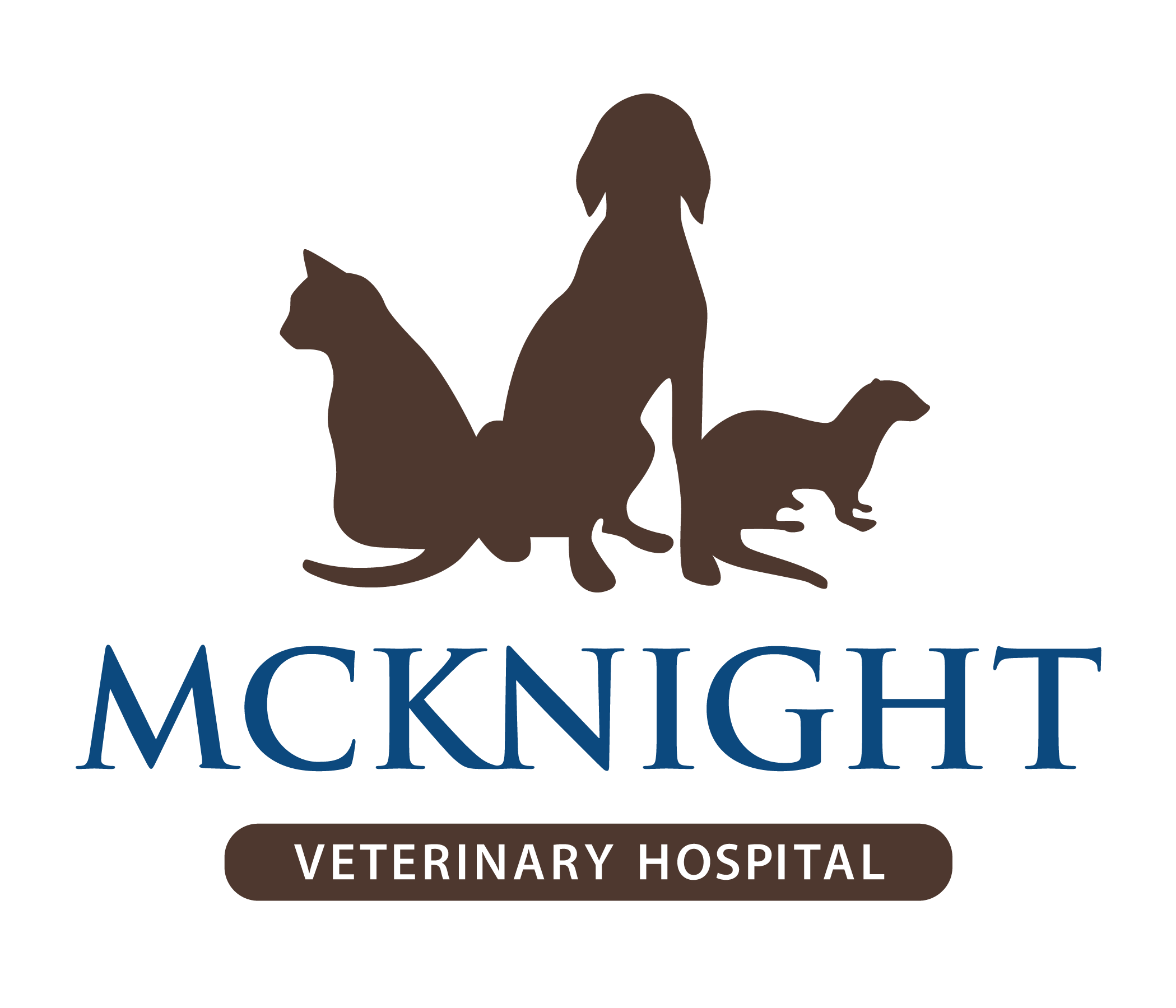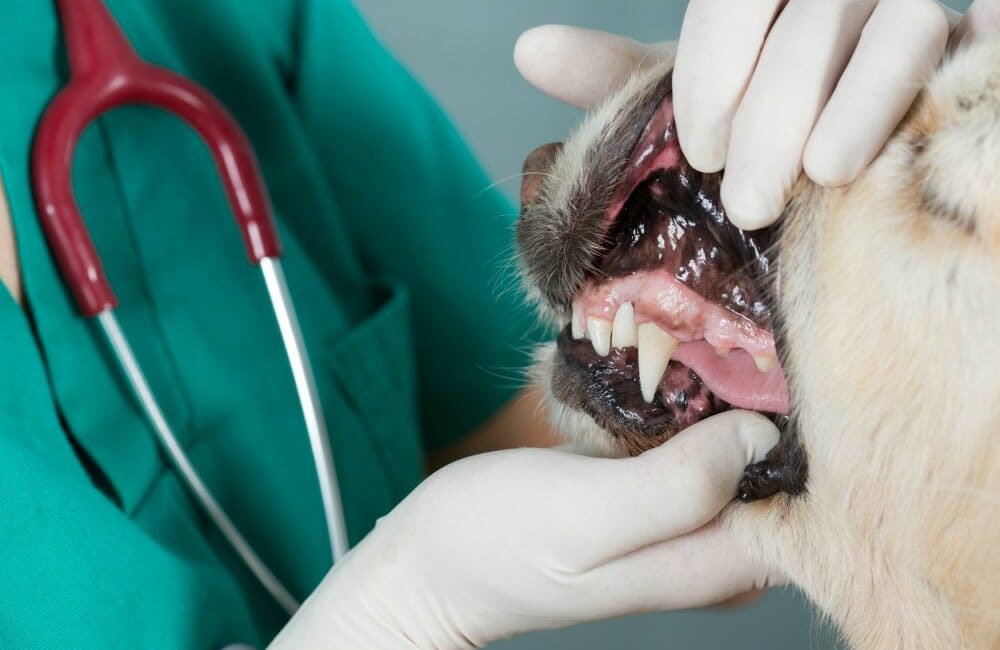It is a common belief that a veterinarian’s sole purpose is to treat pets for illness or injury. This is only a small portion of what we aim to achieve. In an ideal world, veterinarians would be able to prevent all illnesses and injuries. We strive to accomplish this by advising our clients to get regular exams, screening blood work and dental cleanings for their pets. Another thought that crosses everyone’s minds these days (especially during times of hardship) is “how expensive is that going to be?” Veterinary medicine utilizes the same medication, equipment, facilities, and requires even more training to treat multiple species of different sizes that cannot speak, and yet costs only a fraction of the equivalent medical care provided for humans. That said, being proactive and helping your vet practice preventative medicine will always be less expensive in the long term than being reactive and treating your pet only when he/she is sick.
We do love all of our patients, and our goal is to ensure they live their best lives – disease and pain-free!
Why Preventative Care is Important
Here is a real-life scenario illustrating why proactive (or preventative) care is so important:
The patients in the pictures below are both daschund x chihuahua, both weigh 5.4kg, both are 5 years old.


The dog on the left has been to visit his vet every year for full physical exams, has had regular screening blood work and routine annual prophylactic dentals since he was 18 months old. His owner regularly brushes his teeth at home. Look at those pearly whites! This is what veterinarians love to see – a healthy patient! He is also calm and not stressed for his clinical exam as he is used to having his mouth handled and loves visiting his vet regularly for cuddles and treats!
The patient on the right has barely been for any exams at the vet. His last exam was for his puppy vaccines. He came to the vet this time because his owner had noticed a “horrible smell” and he doesn’t seem to want to eat his kibble anymore. His owner also noticed some blood on his chews, but he doesn’t want to chew as much as he used to (he loves his chews usually!). This dog was nervous because he had not been to the vet in a while and it is an unfamiliar environment. He also was not used to being examined, and although the vet was gentle and moved slowly with him, you can see in his eye he is a little uncomfortable.
This patient has a lot of hard calculus build up on his teeth. His gums are inflamed and red instead of a healthy pink colour. It is difficult to tell without doing some X-rays first, but this dog’s mouth is likely quite painful and he possibly would need to have some teeth extracted. Once his teeth have been extracted and his remaining teeth cleaned, he will be pain-free and feel so much better for a while but may miss out on certain activities that he used to enjoy before his dental disease progressed. Dogs and cats can survive quite well without teeth, but their lives are always better if they have a healthy full mouth of teeth. There are so many enjoyable moments that can be affected by the loss of teeth such as, chewing, playing with toys and fellow dogs and cats, crunching on sticks and kibble.
What does this all cost?
Let’s think about a human dental visit briefly:
You, a human, call your dentist about what things will cost. The office gives you a basic cost of a general cleaning. At your appointment, the hygienist and the dentist look in your mouth. Even though you are a bit nervous and do not like going to the dentist, you oblige by lying perfectly still with your mouth open wide. They might take dental X-rays – no anesthetic required. Only at this stage would they be able to give you any information about the state of your mouth.
This is the same with our four-legged patients, and we cannot know the extent of the disease without having completed a full examination with dental X-rays. This is why our estimates can have a broad range. The main reason a pet’s dental cleaning is an expensive procedure is because of the X-rays and anesthesia required for the procedure. Dental X-rays are really important in assessing periodontal disease and the health of teeth below the gumline. Unfortunately, our patients also require anesthesia and anesthesia tends to be pricy. If there are any additional procedures required, these will lead to added costs. We usually charge based on the time it takes, as extracting one tooth from one patient might take 10 minutes and extracting another might take 30 minutes. Some teeth also have multiple roots that need to be split first with a dental drill before they can be extracted. In general, a cleaning with no extractions takes roughly one hour. Dental work can always be done in stages. It is always important to be honest with your vet about what you are able to afford for your pet so that we can help make an appropriate treatment plan for both you, and your pet. Some pet insurance companies will cover dental procedures too – please enquire with them directly regarding the specifics.
What Service are You Getting for Your Money?
- First, the vet performs a physical examination and evaluates the pre-anesthetic blood work to determine whether it’s safe for your pet to receive anesthesia. The vet will attempt to do the most thorough examination possible of your pet’s mouth. Depending on the personality and demeanor of the pet, your vet can make a basic assessment. The important word here is “basic”. Most pets are going to allow your vet to do a quick visual assessment in and about the mouth and that’s about it. It is impossible to do a thorough dental exam in an awake patient. Your vet can see obvious problem teeth, but only once your pet is under anesthesia and the mouth is fully evaluated can the vet give you an honest idea of what work must be done.
- If the vet determines it is safe for your pet to undergo anesthesia, your pet will be sedated, intubated to maintain a clear airway, and administered oxygen and anesthetic gas. We will also place an intravenous catheter (IV) and administer fluids throughout anesthesia to support your pet’s blood pressure and organ health. They will be connected to monitoring equipment that take readings of blood pressure, heart rate, respiration rate, oxygen saturation and others. Your pet’s anesthesia will be monitored full time by a dedicated registered veterinary technician.
- Then X-rays are taken of every tooth (and every gap where a tooth should be) to determine the extent of the periodontal disease.
- The teeth are cleaned with an ultrasonic scaler—a tool that vibrates at a high speed—to remove large pieces of plaque and tartar. A hand scaler is then used to clean under the gumline of every tooth and on all sides of the tooth. A professional dental cleaning removes not only the visible plaque and tartar on the teeth surfaces but also the bacteria under the gums. This eliminates potential sources of infection to the mouth and other organs and protects your pet from pain and tooth loss.
- Dental probes—small instruments that can fit between the gum and tooth—are used to measure the depth of the pockets found between tooth and gum. This is an important step because abnormally deep pockets indicate periodontal disease.
- Once all plaque and tartar are removed, the mouth is rinsed and all tooth surfaces are polished. If the teeth are not polished, the small etchings left on the teeth from cleaning can attract more plaque and tartar to adhere in the small grooves. This helps to maintain clean and healthy teeth for longer. After polishing, the mouth is rinsed again.
- Your pet will continue to be monitored until the time he/she is discharged into your care again. The vet will call to update you when your pet is waking up and explain the details of the dental procedure. Each of our patients goes home with a dental package that includes a printed copy of the dental X-rays and chart. A dental hygiene plan will be formulated to help maintain your pet’s dental health at home.
The bottom line is, the more extensive the periodontal disease is, the longer the dental procedure will take and the more expensive it will be. Routine dental cleanings and regular at-home dental hygiene practices can help prevent periodontal disease that can cause your pet pain and result in expensive treatments. Prevention is always better than cure!
By Dr. Tara Pugh, primary care veterinarian



